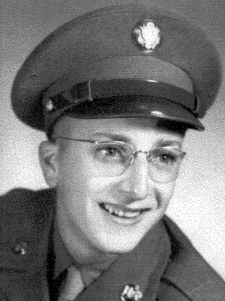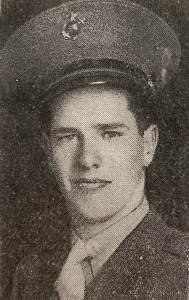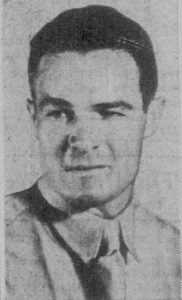Matthews, Richard Franklin
Army Sergeant 1st class
Richard Franklin Matthews from Utah, Salt Lake county.
Service era: Korea
Date of death: Wednesday, February 28, 1951
Death details: On July 11, 1950, the U.S. Army’s 21st Infantry Regiment, which had arrived in Korea six days earlier, was placed in defensive positions near the town of Chochiwon, South Korea. The regiment was not at full strength and lacked artillery and anti-tank weapons. That day, they were attacked by North Korean forces and were forced to withdraw to avoid being surrounded, as well as to buy time until they could be reinforced and resupplied. Master Sergeant Richard Franklin Matthews, who joined the U.S. Army from Utah, served with B Company, 1st Battalion, 21st Infantry Regiment, 24th Infantry Division. He was captured by enemy forces on July 11 as his unit fought delaying actions between Pyongtaek and Chochiwon. He was forced to march north to the Apex prison camps in North Korea, and he died of malnutrition and pneumonia at the camp near Hanjang-ni on February 28, 1951. Although he was buried near the camp, his remains were not identified among those returned to U.S. custody after the ceasefire. Today, Master Sergeant Matthews is memorialized on the Courts of the Missing at the National Memorial Cemetery of the Pacific.
Source: National Archives, Defense POW/MIA Accounting Agency


